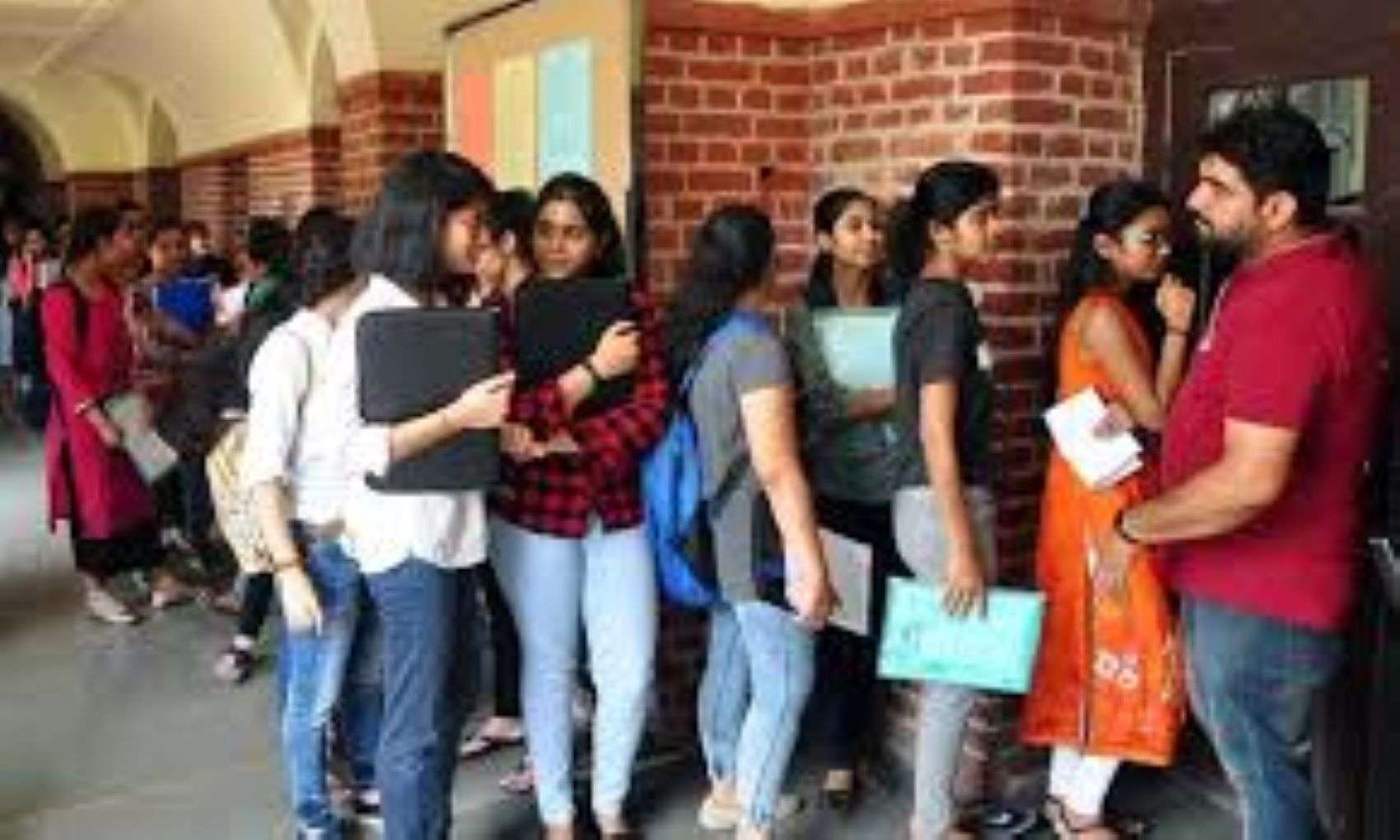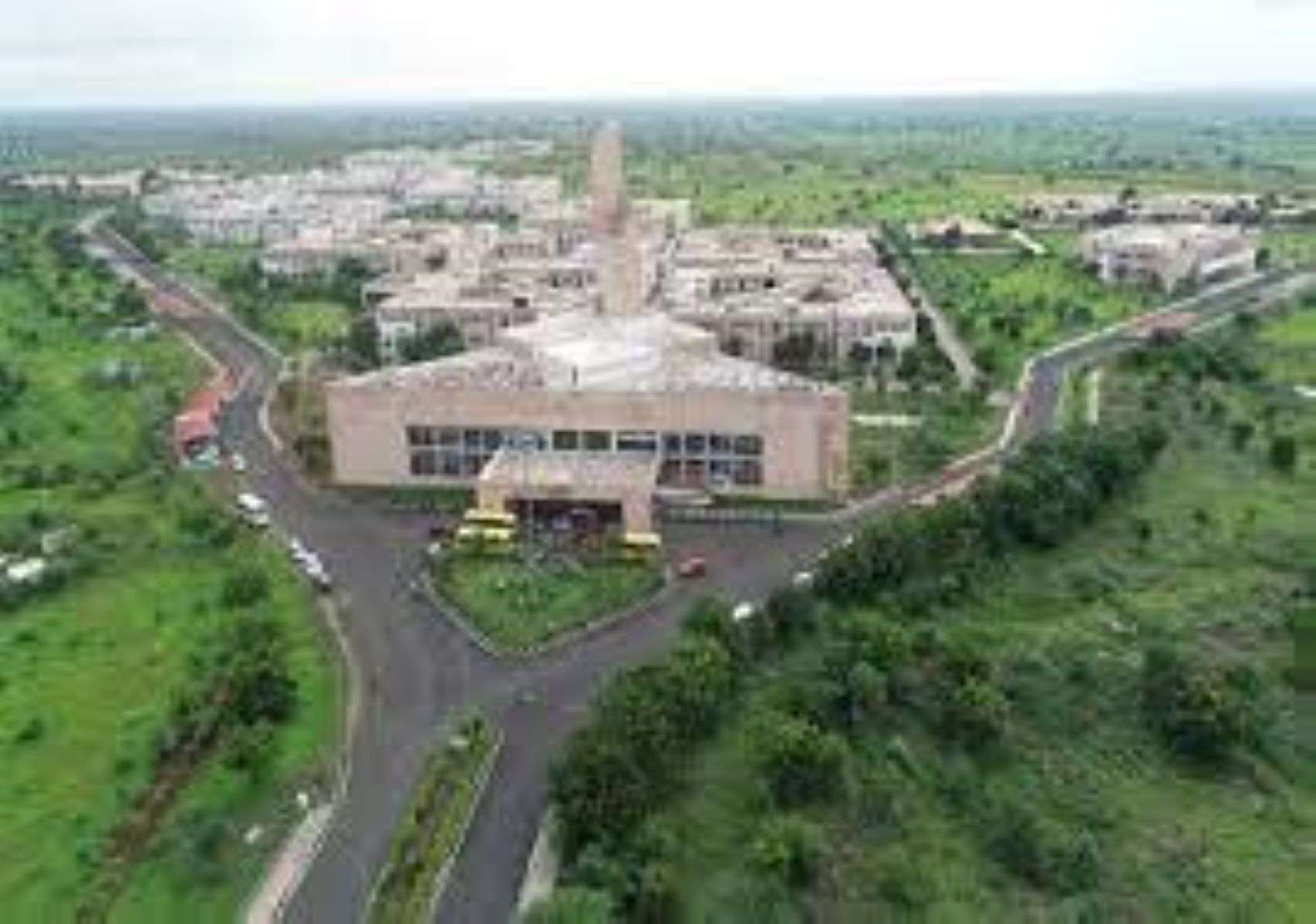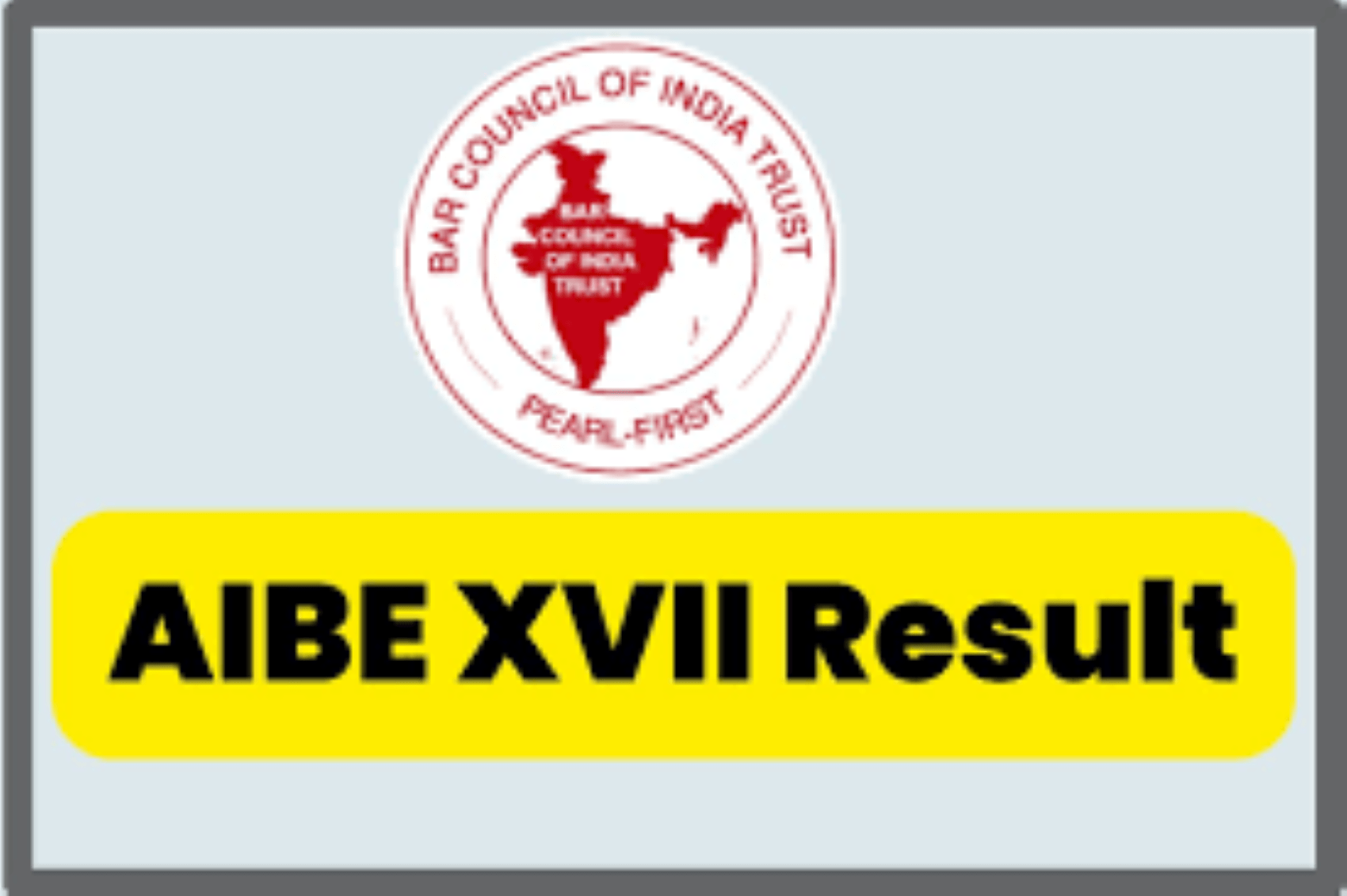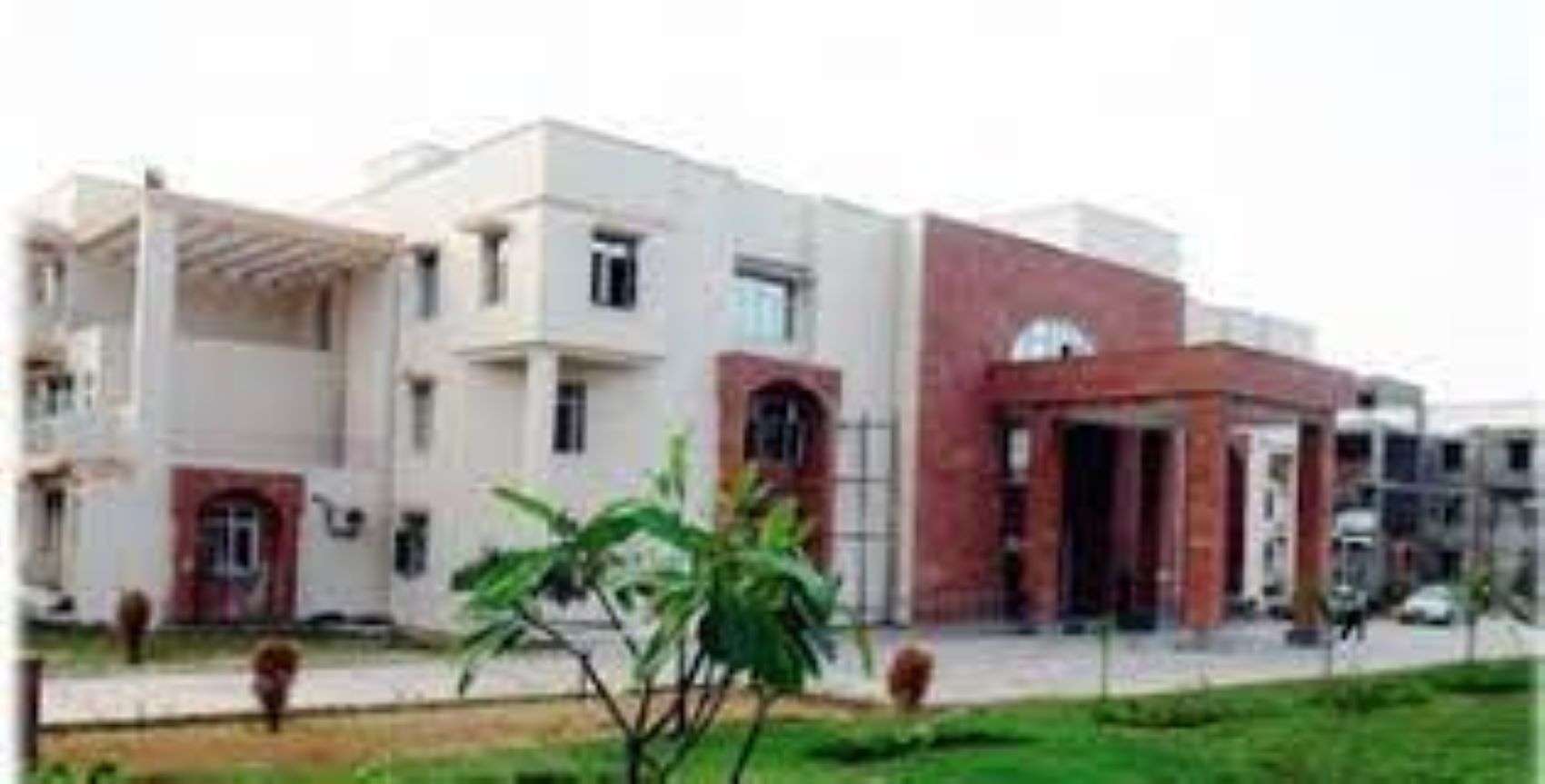Eight Rajya Sabha MPs were suspended Monday September 21 for rebellious behavior in the House the day before (September 20). The motion was approved by voice vote. The government introduced a motion calling for the suspension of Derek O’Brien (TMC), Sanjay Singh (AAP), Rajeev Satav (Congress), KK Ragesh (CPM), Syed Nazir Hussain (Congress), Ripun Boren (Congress), Dola Sen (TMC) and Elamaram Kareem (CPM). After the motion was adopted, Speaker Mr. Venkaiah Naidu called on Members to leave the Chamber. The suspended members initially refused to leave and then sat in a dharna outside Parliament. The opposition severely criticized the suspension of MPs.
What is the reason for the suspension of an MP?
The general principle is that it is the role and duty of the Speakers – Speaker of Lok Sabha and Speaker of Rajya Sabha – to maintain order so that the House can function smoothly. The suspension of the eight members comes a day after the Upper House witnessed massive scenes of rebellion from members of the protestant opposition as two farm bills passed. In order to ensure the smooth running of procedures, the president / president is empowered to force a member to withdraw from the hemicycle.
What are the rules according to which the Speaker acts?
Article number 373 of the rules of procedure and of the conduct of business states: “The Speaker, if he considers that the conduct of a deputy is seriously disorderly, may order the said deputy to withdraw immediately from the hemicycle, and any deputy who withdraws thus ordering him to leave, he must do so immediately and will remain absent for the rest of the day. “
- To deal with a larger number of recalcitrant members, the Speaker would have to resort to rules 374 and 374A.
Rule 374 says:
“(1) The Speaker may, if he or she deems it necessary, appoint a Member who ignores the authority of the Speaker or who abuses the rules of the House by persistently and deliberately obstructing his or her business.
“(2) If a member is so appointed by the President, the President, in a motion tabled immediately, raises the question that the member (who appoints such member) be suspended from House service for a period not exceeding the remainder of the session: provided that the Chamber can, at any time, by means of a request, decide that said suspension be lifted.
“(3) A member suspended under this section shall immediately retire from the precincts of the House.”
- Rule 374A was incorporated into the bylaw on December 5, 2001. The intention was to bypass the need to move and adopt a motion to stay.
- According to article 374A: “(1) Notwithstanding what is contained in articles 373 and 374, in the case of a serious disorder caused by a member who enters the room well or who abuses in a persistent and deliberate manner and obstructs his or her business by shouting slogans or otherwise, said Member, after being appointed by the President, shall automatically be suspended from House service for five consecutive sessions or the remainder of the session, whichever is less: at provided that the House may, at any time when a motion is presented, decide to end the suspension.
- “(2) When the Speaker announces the suspension under this article, the Member shall immediately withdraw from the precincts of the Chamber.”
Well, what about Rajya Sabha?
It’s very similar, with one important difference. Like the Speaker of Lok Sabha, the president of Rajya Sabha is empowered by rule number 255 of his rules to “order any deputy whose conduct is, in his opinion, extremely disorderly, to withdraw immediately” from the House.
- However, unlike the Speaker, the Speaker of Rajya Sabha does not have the power to suspend a member. The House may, by another motion, terminate the suspension.
- The Speaker may “appoint a member who ignores the authority of the president or who abuses the rules of the board by persistently and deliberately obstructing” business.
- In such a situation, the House may adopt a motion suspending the member from House service for a period not exceeding the remainder of the session.
- On Monday, Speaker Venkaiah Naidu suspended the eight opposition MPs. He said he was “deeply hurt” by what happened in the House on September 20.
- “All social distancing and Covid protocols have been violated. Whatever happens, he defied logic. It was a bad day for Rajya Sabha. The Vice President (Harivansh) was physically threatened. He was concerned about his physical well-being. “
Is the suspension of a deputy a common practice in Parliament?
- It is a strong action, but it is not uncommon. On March 5 of this year, seven members of Congress: Gaurav Gogoi (Kaliabor), TN Prathapan (Thrissur), Dean Kuriakose (Idukki), Rajmohan Unnithan (Kasaragod), Manickam Tagore (Virudhunagar), Benny Behanan (Chalakudy) and Gurjeet. Singh Aujla (Amritsar): They were suspended from Lok Sabha during the budget session of Parliament.
- In November 2019, President Om Birla suspended two members of Congress.
- In January 2019, Birla’s predecessor as President Sumitra Mahajan suspended a total of 45 MPs from the TDP and AIADMK after continuously interrupting debates for days.
- On February 13, 2014, President Meira Kumar suspended 18 Andhra Pradesh MPs (indivisible) following chaos in the House. The suspended deputies supported or opposed the creation of the separate state of Telangana.
- Prior to that, on September 2, 2014, nine members were suspended for five days.
- On August 23, 2013, 12 members were suspended for five days.
- And on April 24, 2012, eight members were suspended for four days.
- On March 15, 1989, when Rajiv Gandhi was Prime Minister, no less than 63 members were suspended from Lok Sabha for three days.
Isn’t the exclusion of an elected representative of the people an extreme measure to be taken to curb rebellious behavior?
- Members of the opposition accused the government of “killing democracy”. Each instance of suspension of a deputy provokes strong statements from both sides.
- In general, a balance must be found. There is no doubt that the application of the supreme authority of the president is essential for the correct development of the procedure. However, it must be remembered that the President’s job is to lead the House, not dominate it.
- The solution to rebellious behavior must be long-term and in line with democratic values. A previous president had ordered television cameras to focus on protesters, so that people could see for themselves how their representatives behaved in the House.
- In the present case, however, the opposition accused the president of having interrupted the television broadcast of the debates in Rajya Sabha.
- What cannot be denied is that the actions of the president / president are often dictated more by opportunism and the position of the party to which they belong than by rules and principles.
- Thus, the ruling party at the time invariably insisted on maintaining discipline, just as the opposition insisted on its right to protest. And their positions change when their roles change.











More Stories
Registration for CLAT 2025 begins today; last date October 15
CLAT 2025 registration will begin on July 15
Delhi University 5 Year Law Programs Registration Begins